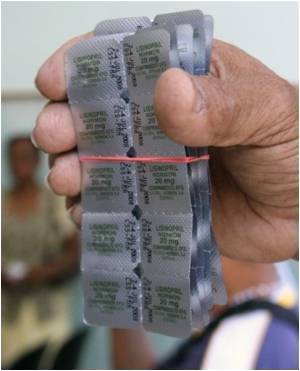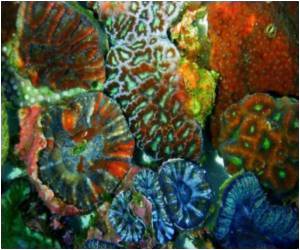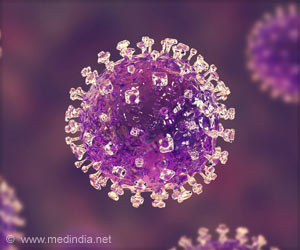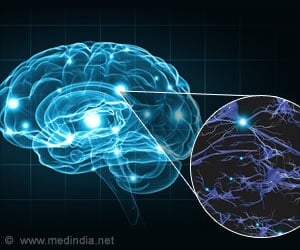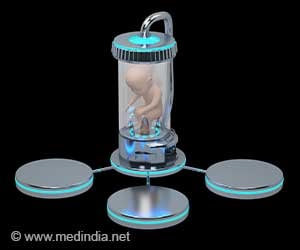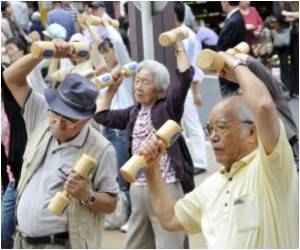
"It's interesting, normal people essentially acquire a form of muscular dystrophy with age," Marks said. "The basis for muscle weakness is the same." Extreme exercise like that done by marathon runners also springs the same sort of leaks, he added, but in that case damaged muscles return to normal after a few days of rest.
The leaks occur in a calcium release channel called ryanodine receptor 1 (RyR1) that is required for muscles to contract. Under conditions of stress, those channels are chemically modified and lose a stabilizing subunit known as calstabin1.
"Calstabin1 is like the spring on a screen door," Marks explained. "It keeps the door from flopping open in the breeze."
Calcium inside of muscle cells is usually kept contained. When it is allowed to leak out into the cell that calcium itself is toxic, turning on an enzyme that chews up muscle cells. Once the leak starts, it's a vicious cycle. The calcium leak raises levels of damaging reactive oxygen species, which oxidize RyR1 and worsen the leak.
The researchers made their discovery by studying the skeletal muscles of young and old mice. They also showed that 6-month-old mice carrying a mutation that made their RyR1 channels leaky showed the same muscular defects and weakness characteristic of older mice.
Advertisement
Despite considerable effort to understand and reverse age-related muscle wasting, there are no established treatments available. The new work suggests there may be hope in approaching the problem from a different angle.
Advertisement
Source-Eurekalert


